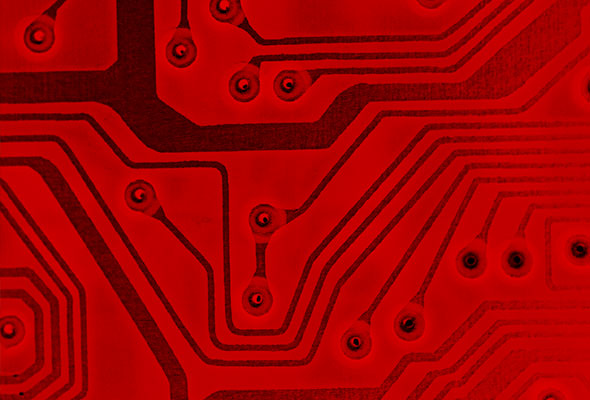You may think that the surface finish of your printed circuit board only plays a small role in the cost of your project. However, the finish you choose for your PCB can have significant effects on the quality of your boards and whether or not you get the yields you need. Many PCB purchasers leave it up to the manufacturer to choose the surface finish, but it can be more beneficial for a project’s bottom line to research the type of finish that will work best for the intended application. A cheaper finish may reduce your bill of materials cost, but if the right handling and storage techniques aren’t followed you may experience lower yields, lower quality and additional expenses when you have to start over.
See our advanced PCB manufacturing and assembly capabilities.
Four Common PCB RoHS Finishes
RoHS finishes for your PCB order vary based on applicability and cost. Four of the most common finishes available include the following:
- Hot Air Surface Leveling – This finish, also known as HASL, is the least expensive you can buy. This option is a good economical choice for through-hole boards but since they have very low surface planarity, they may not be compatible with all SMT boards.
- Immersion Tin – Immersion coatings are used to create a layer of metal that results in a flat finish. Tin is the least expensive material you can get using the immersion process, but it may not be ideal because the tin layer begins to tarnish immediately.
- Immersion Silver – Immersion silver is applied in the same way as tin, but it has a longer shelf life because it does not react with the copper. However, if the PCBs are not stored properly they can begin to oxidize and should be placed and reflowed within 24 hours after removing them from packaging.
- Electroless Nickel/Immersion Gold (ENIG) – ENIG is made up of chemically deposited nickel followed by a layer of immersion gold. This option offers several years of shelf life and has better solderability than both tin and silver.
Need an instant PCB assembly quote?
Need to know how to select the best surface finish for harsh environments? Read the data in this white paper reprinted in PCB 007 in February 2013. It was originally printed in the December 2012 issue of The PCB Magazine. This paper was presented at 2012 IPC APEX EXPO in San Diego, California. ‘Corrosion Resistance of PCB Surface Finishes in Harsh Environments’
To learn more about PCB finishes and see which is right for your next project, contact a representative at Advanced Circuits.
Order PCBs – We Can Manufacture Prototypes & Any Size Run, Fast!








